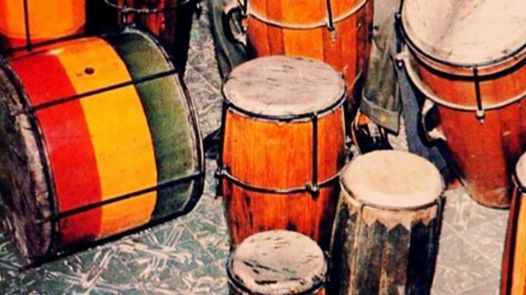African music forms and rhythms that emerged in the Americas constituted a beat that has “always threaded back to Africa.”
In the words of the Caribbean poet, Edward Kamau Brathwaite, the middle passage created “bridges of sound” that carried memories of Africa to the Americas, music that echoed down the generations from “Harlem” to “Havana.”
Individual islands in the Caribbean and the mainland diasporic slave communities in the Americas shared the basic rhythms (and some instruments) derived from Africa. But these were fused with the instruments and rhythms of the cultures with which African slaves interacted, a process that the Cuban ethnomusicologist Frederick Ortiz termed “transculturation.”
Trinidadian calypso and parang, and the samba and son rhythms in Cuba (son was a modified, more refined version of rumba which became popular in the second half of the nine- teenth century) combined the structure and elements of Spanish canción (song) and Spanish guitar with African rhythm and percussion instruments.
Son, samba, rumba, and other Latin and African-Caribbean dances influenced salsa. In the Southern U.S., the European fife and drum convey some of the rural music that has the most authentic African rhythms.
The fife and drum are also the basis of Jonkanoo music in Jamaica (Jonkanoo is a Jamaican Christmas tradition, incorporating African traditions going back to the days of slavery).
This incorporation of European instruments and music forms demonstrates how Africans in the diaspora subverted the dominant culture and asserted positive African identities. Slaves played for their master and learnt European instruments and rhythms but these became syncretized into popular folk music (defined as played with acoustic
instruments). Jamaican mento draws on the fife and drum of Jonkanoo, Pocomania (an African-Christian revivalist cult) and church music, the European quadrille, and slave work songs passed through the generations.
Musical forms in different parts of the diaspora have also retained purer African elements where percussion instruments and call-and-response vocals predominate. Examples here include rumba in Cuba, Rastafarian Nyabhingi in Jamaica, and the Kongo and Yoruba music found in African-derived religious sects such as Kumina in Jamaica,
Shango in Trinidad, Haitian Voodoo, and Cuban Santeria. Such music was performed “beyond the ken” of whites during slavery and continues to be associated with peasant or urban working-class cultures.
From:
Barbara Bush (2006) African Echoes, Modern Fusions: Caribbean Music,
Identity and Resistance in the African Diaspora, Music Reference Services Quarterly.
Image source: Nyabinghi Drum Circle with Wolf

